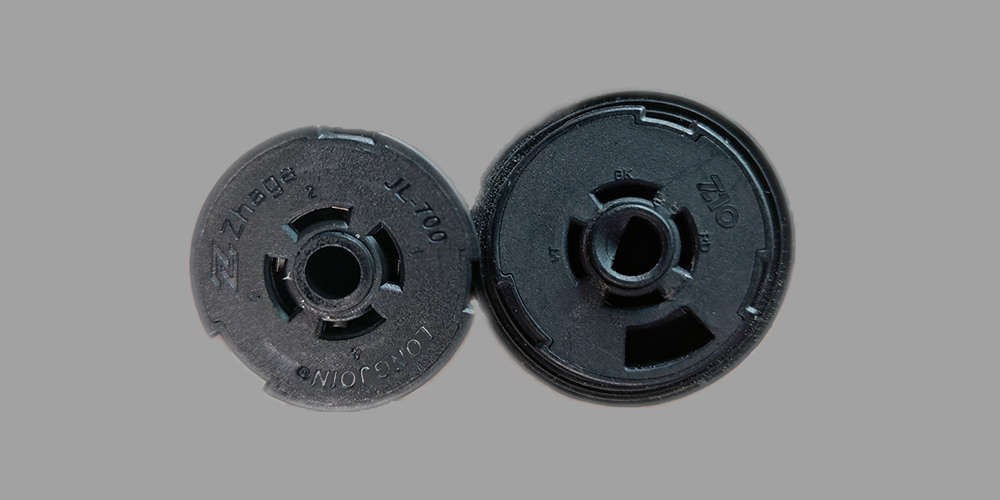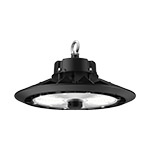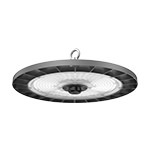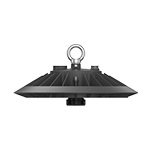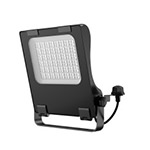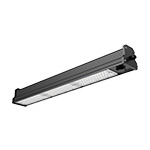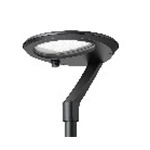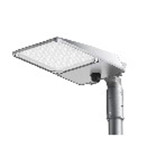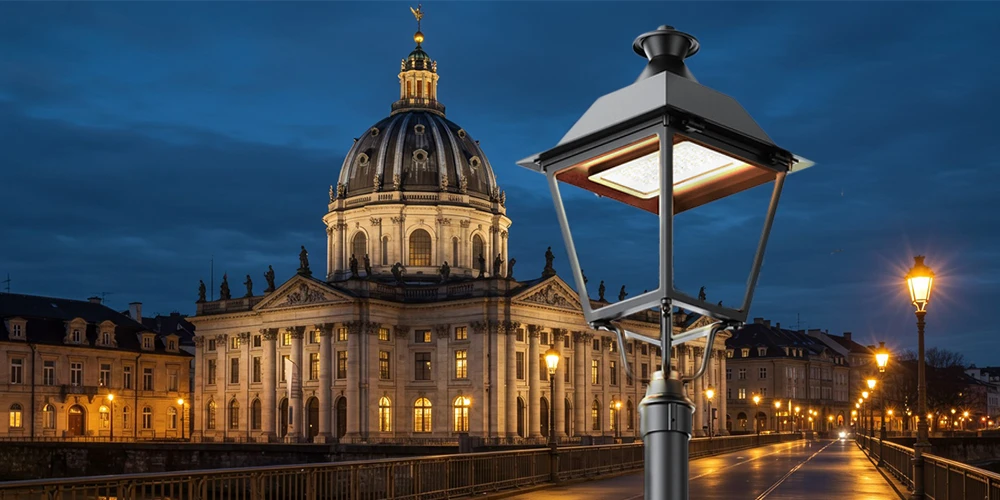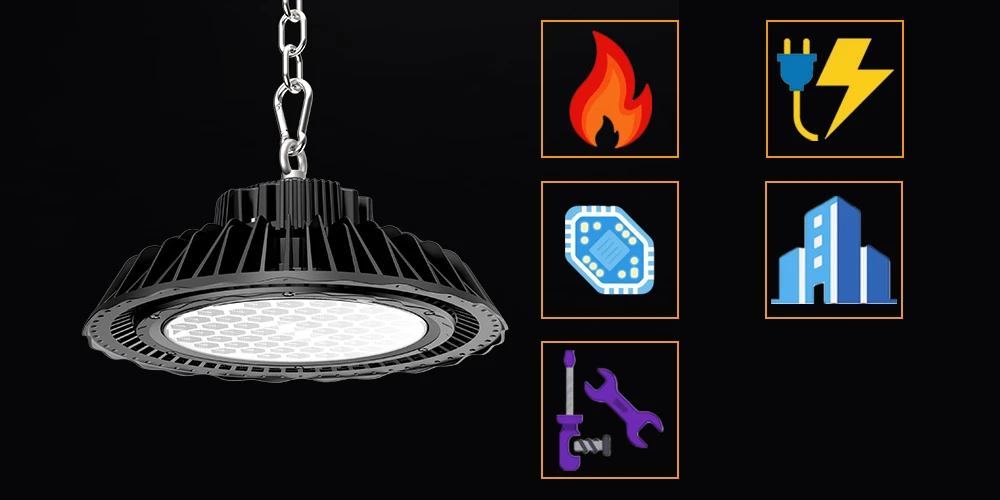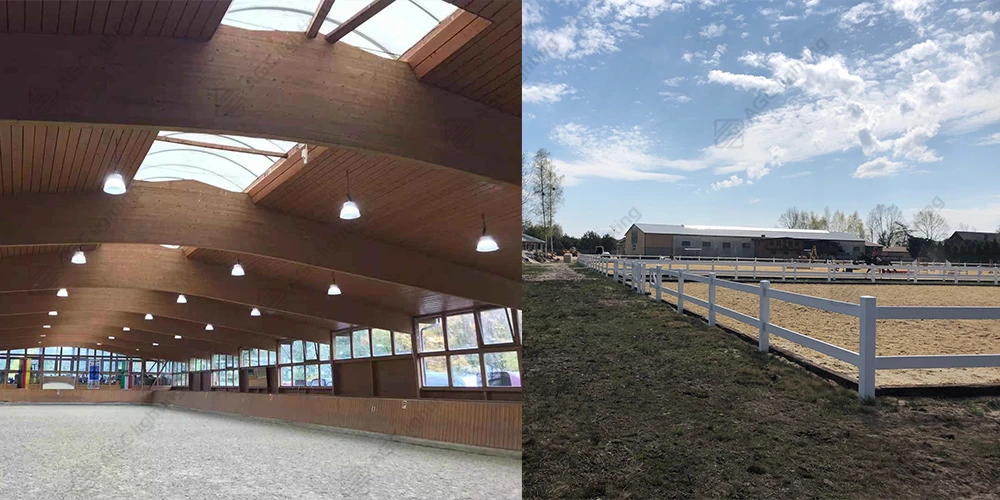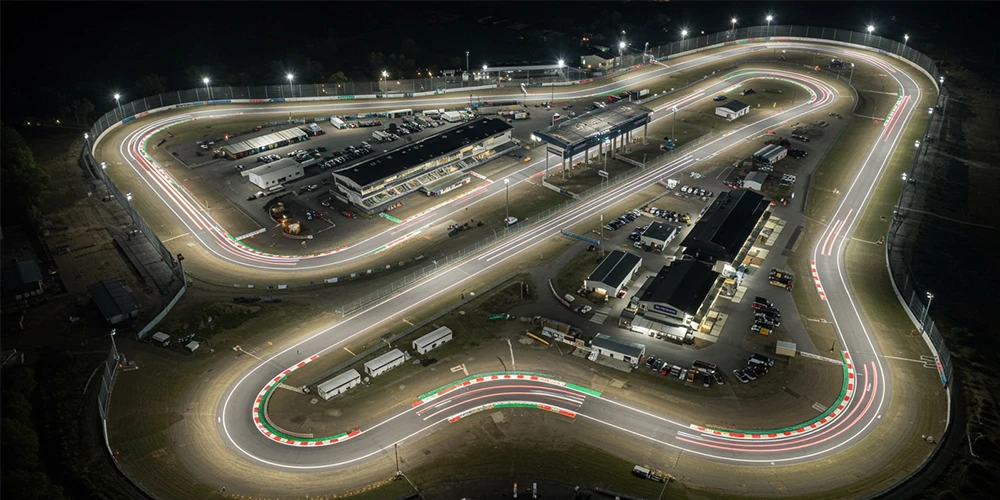You might be familiar with Zhaga Book 18 sockets, but have you heard of Z10 sockets? What are they, and what are the differences between Z10 and Zhaga Book 18 sockets?
As lighting sockets, both of them play a crucial role in the overall functionality, compatibility, and efficiency of lighting systems. They serve as the interface between the electrical circuit and the light source, enabling secure connections and facilitating the flow of power.
Choosing the right socket is critical for your lighting project. In this article, we will explore Z10 and Zhaga Book 18 sockets, and then focus on the differences between them.
What is a Zhaga Book 18 socket?
A Zhaga Book 18 socket is a standardized interface designed to facilitate the seamless integration of light fixtures with sensors and communication modules for intelligent lighting solutions.
Zhaga Book 18 refers to a specific standard developed by the Zhaga Consortium, which focuses on the mechanical and electrical interfaces for outdoor LED luminaires. This standard enables plug-and-play interoperability for LED lighting and also defines interfaces for communication, such as DALI, DMX, and Zhaga-D4i, for integrated control.

Pros and cons of Zhaga Book 18 socket
Pros
- Interoperability: Zhaga Book 18 enables the mix-and-match of LED modules and luminaires from different vendors, promoting flexibility.
- Advanced functionality: It offers built-in support for digital controls like DALI and IoT connectivity, facilitating data exchange for real-time monitoring and energy management.
- Reduced complexity: The plug-and-play interoperability of Zhaga sockets simplifies the installation process, reducing the risk of compatibility issues and saving time and effort during setup.
Cons
- Complexity: Implementing and managing D4i communication networks might require additional expertise compared to simpler systems.
- Potential compatibility issues: While interoperability is high, ensuring complete compatibility between all chosen components of the lighting system requires careful planning.
- Evolving standards: Zhaga Book 18 is subject to ongoing updates and revisions, potentially requiring modifications or adjustments to align with new standards.
What is a Z10 socket?
The Z10 socket is a standardized receptacle designed for adding low-voltage controls to 0-10V dimmable luminaires. The Z10 socket ensures plug-and-play compatibility and works seamlessly with a variety of devices, including light and occupancy sensors, networked controls, and third-party control devices that are compatible with the Z10 standard.
The Z10 socket standard, developed by the Z10 Alliance, addresses a crucial concern in the marketplace. While Zhaga Book 18 provides a standardized interface, it lacks a standardized implementation path for 0-10V dimming use. This absence of a clear distinction between a Zhaga D4i and a 0-10V device based on the receptacle alone can lead to confusion for users who purchase controls separately or from different companies than the fixture maker. To alleviate this issue, the Z10 Alliance has developed a similar form factor to Zhaga Book 18. The Z10 socket is designed to be easily identifiable and ensures the correct device is utilized, preventing compatibility issues.

Pros and cons of Z10 sockets
Pros
- Plug-and-play installation: Z10 sockets enable quick and easy connection with compatible control modules, making installation hassle-free.
- Electrical consistency: Z10 sockets feature standardized electrical connections, ensuring reliable and consistent electrical performance.
- Cost-effective: Faster installation and reduced labor costs contribute to lower overall project costs, making Z10 sockets a cost-effective choice.
Cons
- Limited functionality: Z10 sockets are primarily designed for low-voltage control signals, which limits their power handling capabilities for higher-voltage applications.
- Limited awareness: Z10 sockets are not as widely recognized as Zhaga Book 18 sockets and are mainly adopted in North America, potentially limiting availability in other regions.
- Interoperability constraints: The ecosystem of Z10-compatible modules and drivers is smaller compared to other standards, which may restrict your choices when selecting compatible components.
Key differences between Z10 and Zhaga Book 18 sockets
Z10 and Zhaga Book 18 represent two standards for the mechanical and electrical interfaces between LED modules and luminaires. However, there are several important distinctions between these two protocols. Understanding the key differences between these two sockets can help you make informed decisions that align with your strategic goals.
Purpose
Zhaga Book 18 is specifically designed for D4i control protocols, which is a digital communication standard for lighting control systems. On the other hand, Z10 is designed for 0-10V dimming control, which is an analog control method commonly used in older lighting systems.
Appearance
In the Z10 socket, the plastic pins in the middle have a semi-circular shape, while in the Zhaga Book 18 socket, the plastic pins in the middle have a completely circular shape.
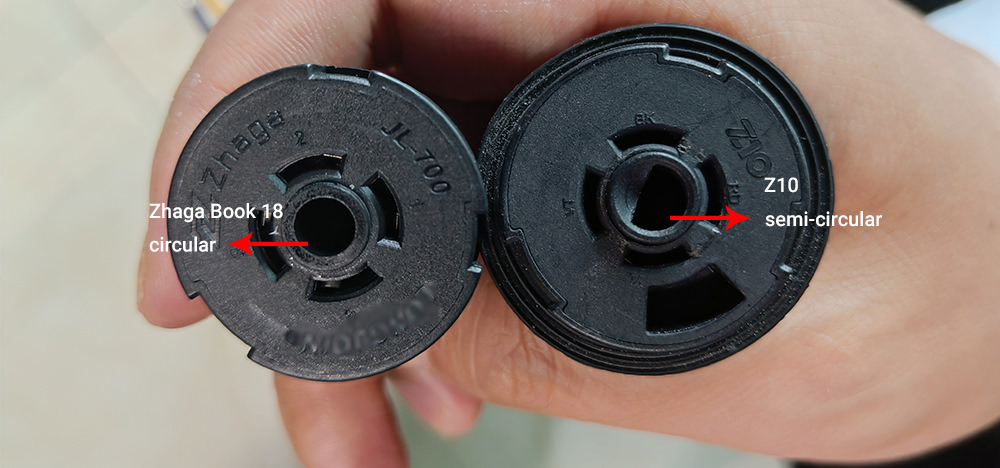
Functionality
Z10 primarily focuses on power delivery for dimming control, while Zhaga Book 18 offers a standardized interface for data exchange, real-time monitoring, and sensor integration.
Compatibility
Zhaga Book 18 is intended for use with Zhaga-compliant luminaires and control devices, ensuring interoperability between different manufacturers. Z10 uses a similar form factor to Zhaga Book 18 but incorporates a keying mechanism to prevent accidental use with D4i devices, promoting compatibility specifically with designed 0-10V control modules.
Market adoption
Zhaga Book 18 is a widely adopted and established standard, particularly in newer lighting installations, providing unmatched flexibility on a global scale. Z10 is a newer standard that is gaining traction for addressing compatibility issues and simplifying 0-10V control integration in existing or retrofitted systems. It is primarily adopted in the North American market.
Here is a table showing the main differences between Z10 and Zhaga Book 18 sockets:
|
Feature |
Zhaga Book 18 |
Z10 |
|
Data transfer |
Digital and analog |
Analog only |
|
Functionality |
Power delivery, data exchange, real-time monitoring, sensor integration |
Primarily power delivery for dimming |
|
Appearance |
Circular plastic pins in the middle |
semi-circular plastic pins in the middle |
|
Compatibility |
Zhaga-compliant luminaires and control devices |
0-10V control modules, keying mechanism prevents accidental D4i use |
|
Market Adoption |
Wider adoption, especially in newer installations |
Gaining traction, mainly in North America |
|
Strengths |
Established standard, unmatched global flexibility, data exchange, and sensor integration capabilities |
Simplified 0-10V control integration, compatibility with existing systems, a keying mechanism for safety |
|
Cost |
Potentially lower due to proprietary nature |
Potentially higher due to standardization and a wider range of features |
Z10 vs. Zhaga Book 18 socket: which is right for you
When deciding between the Z10 and Zhaga Book 18 sockets, it is important to consider your use case, cost constraints, and desired functionality.
For price-sensitive retrofit and replacement projects, the Z10 socket is likely the best fit. It offers an affordable interface that is widely compatible with LED systems. Additionally, its simple mechanical design allows for easy installation.
On the other hand, for applications requiring advanced smart lighting features such as color tuning, sensing, or automated adjustments, the Zhaga Book 18 sockets are the better choice. Zhaga Book 18 also provides a pathway to incorporate IoT and software-based lighting control in the future.
Here are some of the products that can work with Zhaga Book 18 sockets.
|
|
|
|
|
|
|
|
|
Remember, the best choice depends on your specific project requirements. If you are uncertain about which option to choose for your lighting projects or have any other questions about smart lighting, please don't hesitate to contact us. Our lighting experts are here to assist you.


